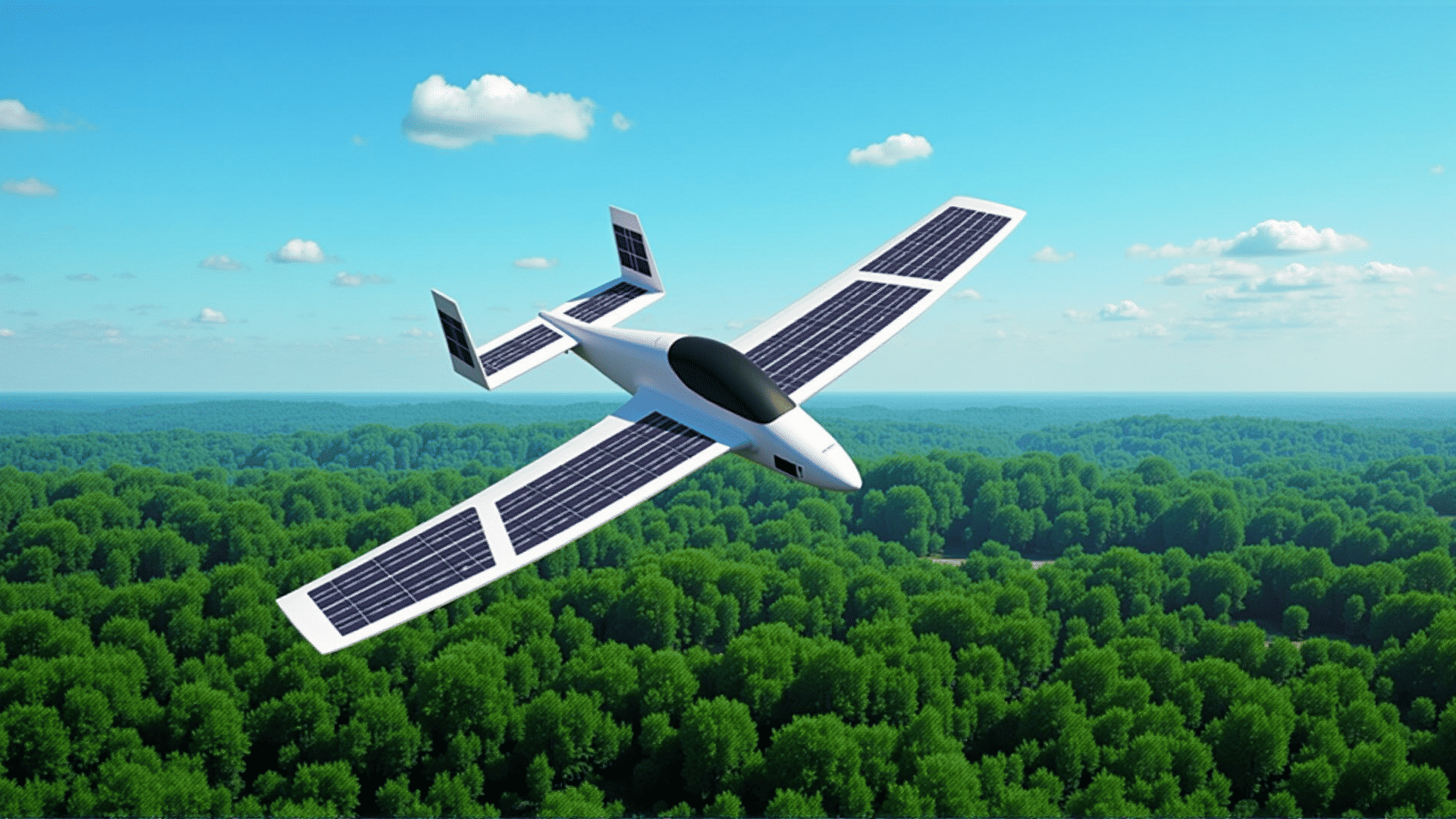As the world grapples with the urgent need to reduce greenhouse gas emissions, the aviation industry is taking significant steps to explore more sustainable alternatives. In this quest for greener skies, electric planes have emerged as a promising solution to reduce the environmental impact of air travel.
Electric planes, much like electric cars, rely on electricity as their primary source of power, promising a dramatic decrease in emissions compared to traditional fuel-powered aircraft. The significant advantage lies in their potential for zero emissions during flight, drastically lowering the carbon footprint associated with flying.
One of the biggest challenges for electric aviation has been battery technology. To compete with conventional airplanes in terms of range and capacity, electric planes require batteries that are lightweight yet capable of storing vast amounts of energy. Recent advancements have seen batteries become more efficient, and while they might not yet compete on an international flight level, they show great promise for short domestic routes and regional travel.
The application of electric propulsion also promises quieter flights, an advantage that reduces noise pollution, especially in densely populated areas near airports. These benefits are increasingly motivating airports and aviation agencies worldwide to invest and support initiatives to develop electric aviation technology.
Several companies have made significant strides in this field. Industry pioneers are working tirelessly on producing commercially viable electric aircraft, some targeting ambitious launch dates within the next decade. These initial models generally focus on short-range journeys, yet the evolving technology holds potential for scaling up to longer flights in the future.
Moreover, regulatory bodies are preparing for this shift. Beyond just the aircraft themselves, infrastructure developments such as charging stations and maintenance facilities need careful planning and installation to support an electric aviation ecosystem. Airports evolving to accommodate electric planes can expect to increase their sustainability ratings, contributing positively to global environmental goals.
Incorporating renewable energy sources for charging these planes further amplifies their eco-friendliness. Solar power stations or wind farms can directly support flight operations, making the entire process from ground to sky more sustainable.
Challenges remain, especially concerning battery disposal and the initial environmental costs of manufacturing electric planes. These factors are crucial in determining the true extent of their environmental benefits. Nevertheless, continuous research and innovation are essential in overcoming these hurdles and ensuring the long-term viability of electric aviation.
In conclusion, the rise of electric planes represents a significant step forward for eco-friendly aviation. While challenges remain, ongoing advancements and increased investment in this technology signal a transformative change in how we approach air travel. This evolution not only holds promise for reducing the carbon footprint of the aviation industry but also sets the stage for a more sustainable future in global transport.
